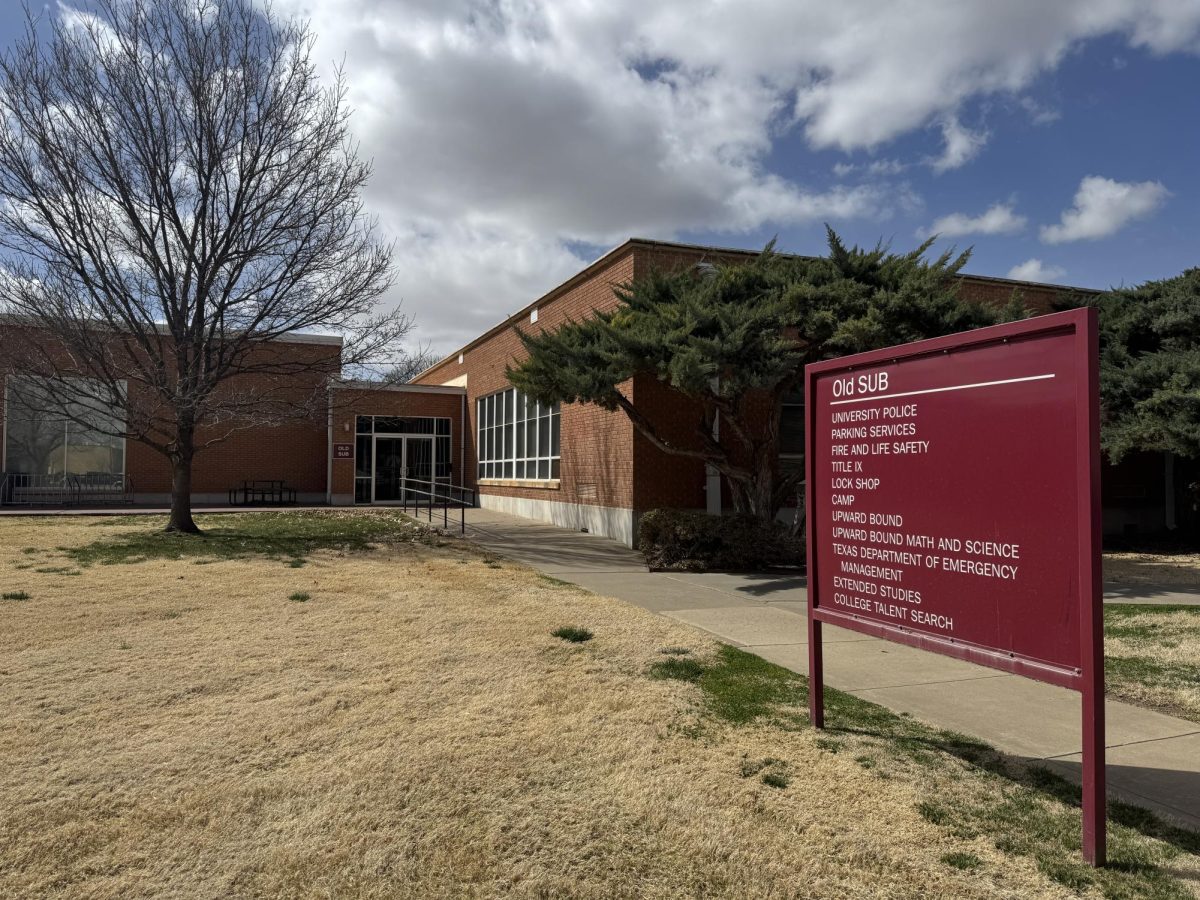
West Texas A&M University is on a migration path for “primarily Mexican Free-tailed bats but also several other species,” Rick Gilliland, who works in Animal Damage Control, said. The bats can sometimes be seen flying over Jones Hall. One Jones Hall resident, Justin McClannahan, sophomore Graphic Design major, said he has seen a couple of bats.
“I was standing on the balcony one night and two bats were having a quarrel,” McClannahan said. “It was an interesting sight to see the two bats fighting.”
“Grounded bats can be sick,” Gilliland said. “They may also be juvenile bats learning to fly.”
Despite the danger, these winged mammals can still be neat to watch.
“I saw the bats right around the time it was getting dark out,” Isaac Silva, freshman Business major, said. “They looked rather mousey and once they landed they turned upside down.”
Mexican Free-tailed bats are thought to be one of the most plentiful mammals in North America. These bats live in a wide range of areas from the southern half of the United States all the way down to Chile and Peru in South America.
The Environmental Safety Office has stated that if you find an injured bat, do not handle it and call the Environmental Safety Office at 806-651-2134.













